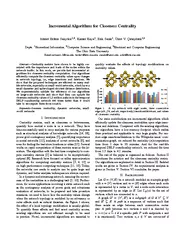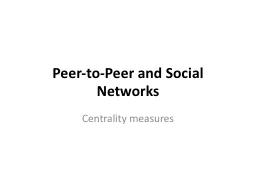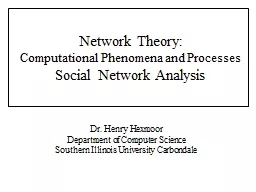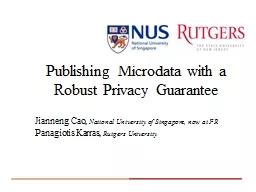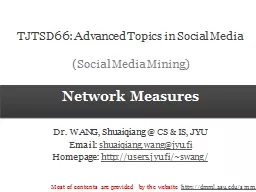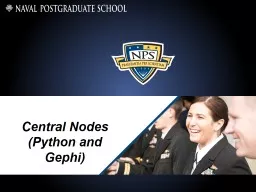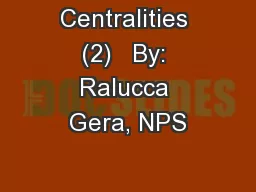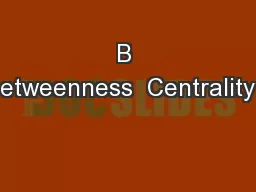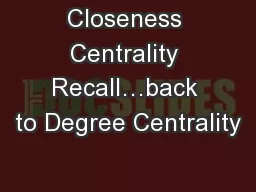PPT-Computing Classic Closeness Centrality, at Scale
Author : tatiana-dople | Published Date : 2016-09-05
Edith Cohen Joint with Thomas Pajor Daniel Delling Renato Werneck Microsoft Research Very Large Graphs Model many types of relations and interactions edges
Presentation Embed Code
Download Presentation
Download Presentation The PPT/PDF document "Computing Classic Closeness Centrality, ..." is the property of its rightful owner. Permission is granted to download and print the materials on this website for personal, non-commercial use only, and to display it on your personal computer provided you do not modify the materials and that you retain all copyright notices contained in the materials. By downloading content from our website, you accept the terms of this agreement.
Computing Classic Closeness Centrality, at Scale: Transcript
Download Rules Of Document
"Computing Classic Closeness Centrality, at Scale"The content belongs to its owner. You may download and print it for personal use, without modification, and keep all copyright notices. By downloading, you agree to these terms.
Related Documents


